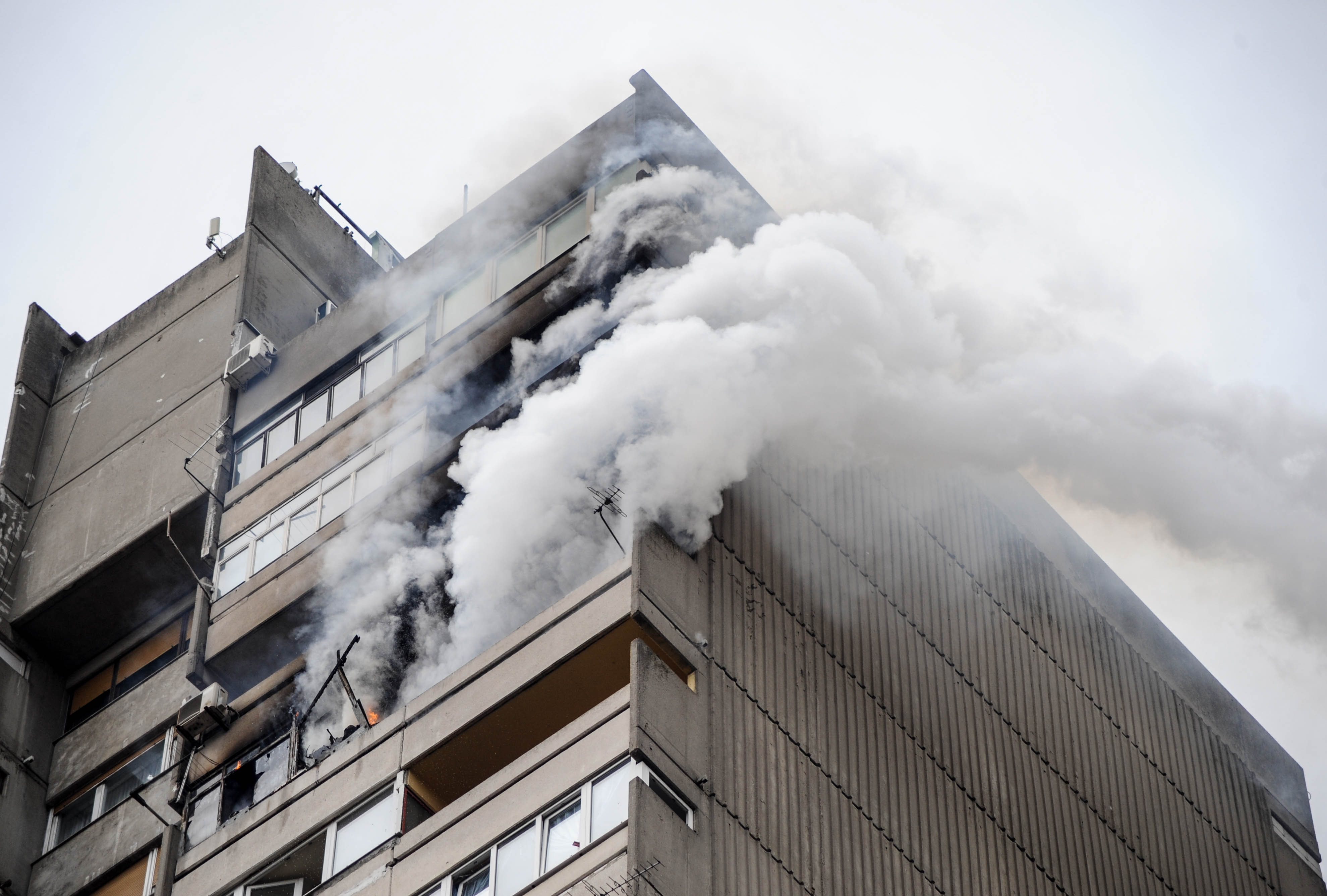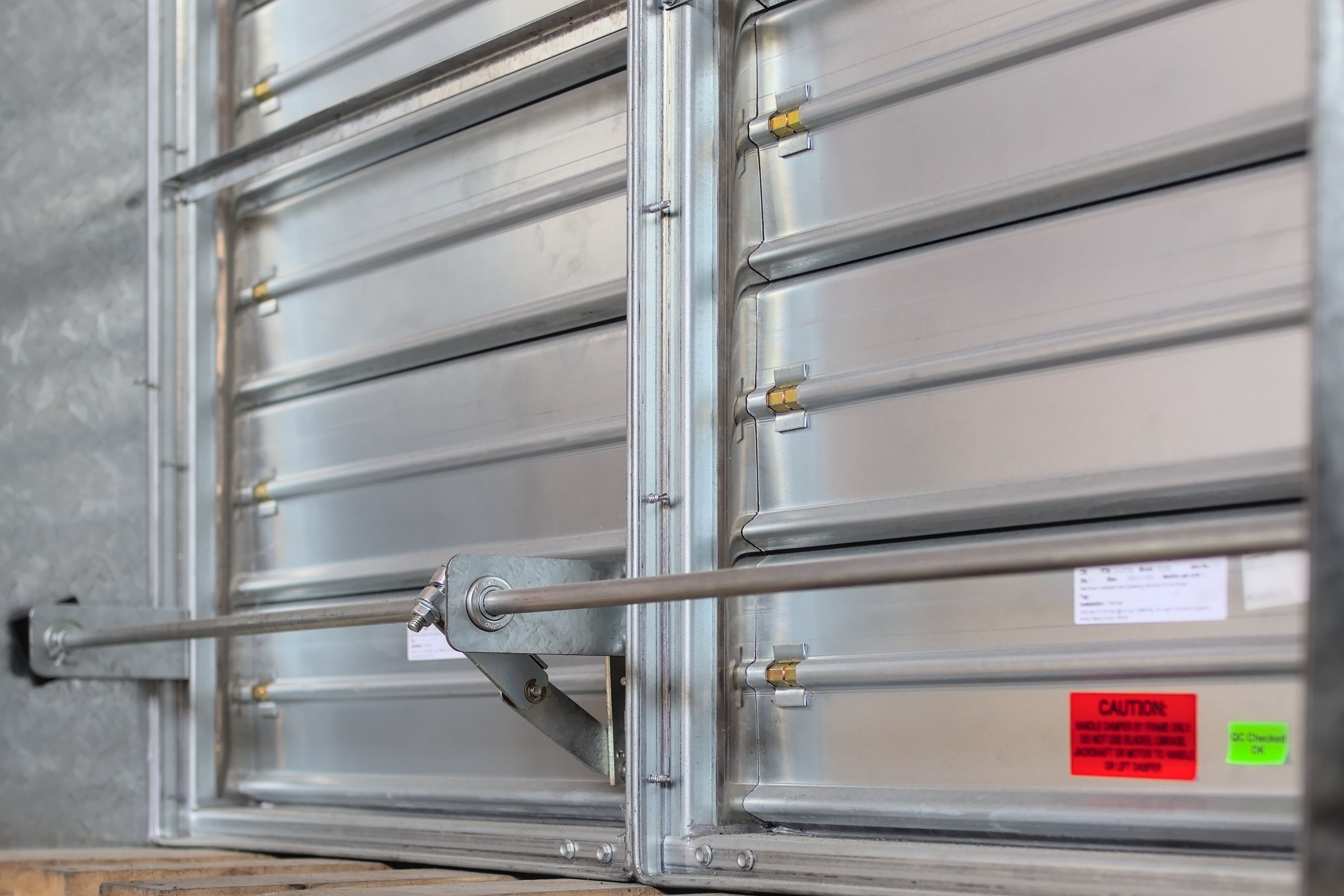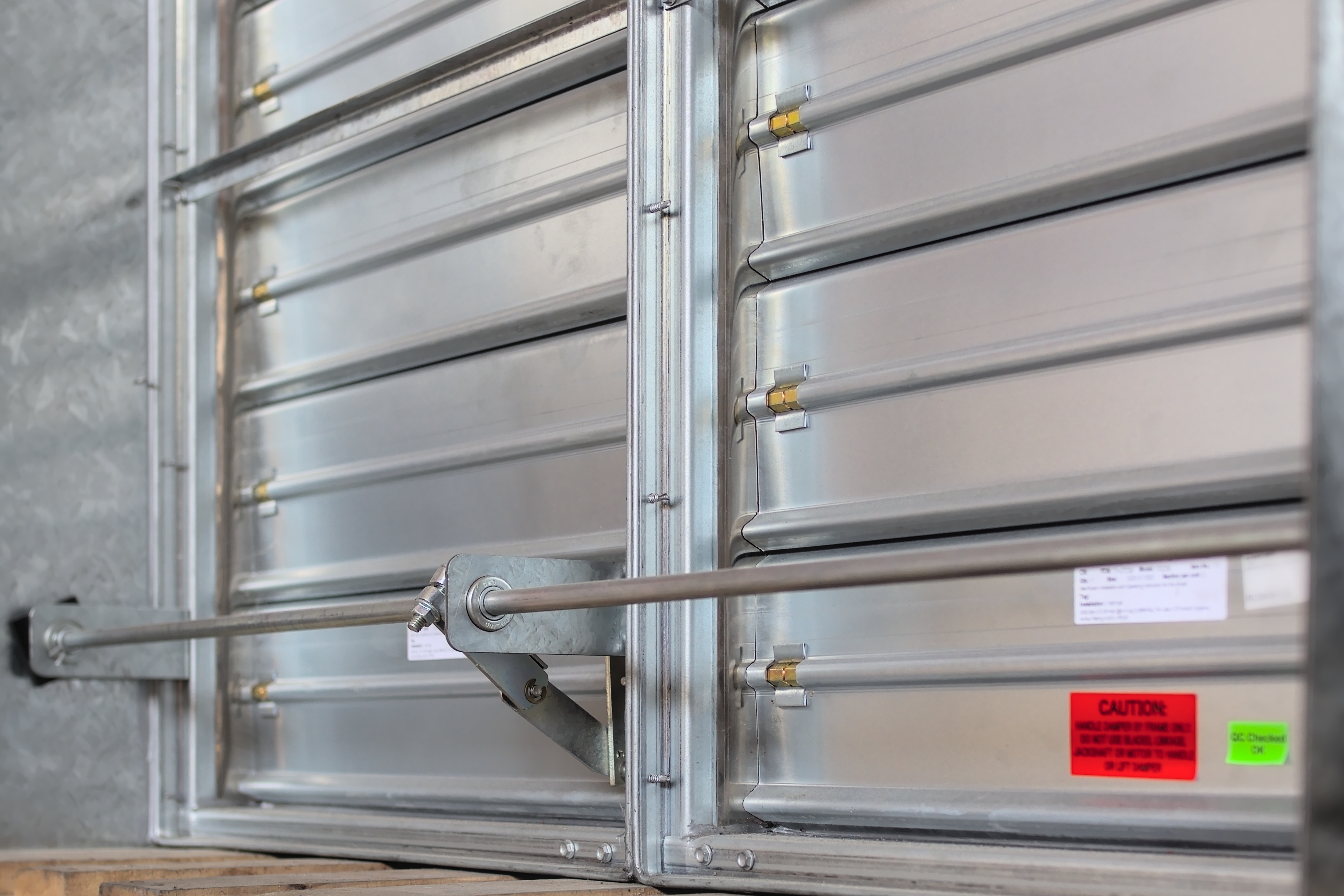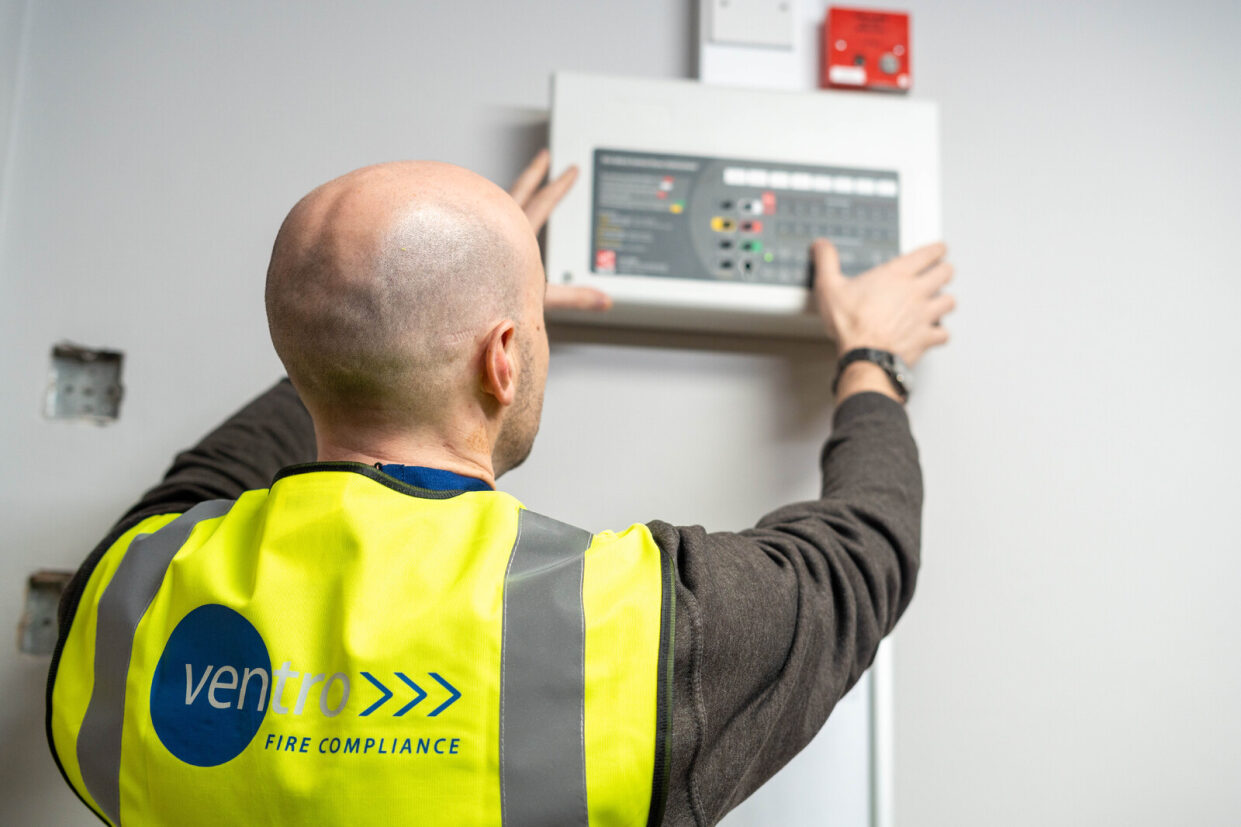From Virtual to Reality: The Rise of CFD Smoke Analysis in Fire Safety

In the world of fire safety, the importance of effectively managing the flow of smoke during a crisis cannot be overstated. Traditional methods of studying smoke behaviour and optimising safety measures have often relied on costly and time-consuming physical experiments. However, a growing trend is emerging that is transforming fire safety practices - the utilisation of Computational Fluid Dynamics (CFD) smoke analysis. By simulating and analysing smoke movement in virtual environments, CFD smoke analysis is revolutionising fire safety planning and design, offering a cost-effective and efficient approach. In this blog post, we delve into the rise of CFD smoke analysis and explore how it is enhancing fire safety in buildings and enclosed spaces.
Introduction to Computational Fluid Dynamics
CFD stands for Computational Fluid Dynamics, which is a branch of fluid mechanics that uses numerical methods and algorithms to analyse, and solve fluid flow problems. It involves the simulation of fluid flow and the associated phenomena, such as heat transfer, turbulence, and chemical reactions. This allows for digital models to be created which visually demonstrate the path of smoke or fire within that model.
The Power of Simulation
CFD smoke analysis leverages advanced computational methods to simulate and predict the behaviour of smoke during a fire. By digitally recreating the physical environment, engineers can study the movement, dispersion, and concentration of smoke particles, providing critical insights into potential hazards and risks. This virtual simulation approach allows for extensive exploration of fire scenarios, enabling the evaluation of various safety measures and strategies.
Cost and Time Efficiency:
Gone are the days when fire safety planning relied solely on resource-intensive physical experiments. CFD smoke analysis offers a cost-effective and time-efficient alternative. By virtually simulating different fire scenarios, engineers can evaluate the effectiveness of smoke control systems, assess the impact of design changes, and optimise evacuation plans without the need for expensive prototypes or prolonged on-site testing. This efficiency not only saves costs but also accelerates the overall fire safety design process.
Enhanced Safety Measures:
CFD smoke analysis empowers engineers to optimise safety measures in buildings and enclosed spaces. Through virtual simulations, they can identify areas prone to smoke accumulation, evaluate the efficiency of ventilation systems, and determine optimal locations for smoke exhausts. This level of detail and precision in analysing smoke behaviour allows for the design of more effective smoke control strategies, improving occupant safety during fire incidents.
Compliance with Regulations:
Building codes and fire safety regulations often require the demonstration of effective smoke control measures. CFD smoke analysis provides a robust and quantifiable approach to assess compliance. By conducting virtual simulations, engineers can present visual evidence of compliance with safety standards and regulations, ensuring that buildings are equipped with adequate smoke management strategies.
Visualisation and Communication:
One of the significant advantages of CFD smoke analysis is its ability to provide visually compelling representations of smoke behaviour. The simulation results can be visualised through contour plots, smoke path lines, and animations, aiding in better understanding and communication of potential hazards. Architects, building owners, and fire safety officials can grasp the complexities of smoke movement, facilitating informed decision-making and fostering effective communication among stakeholders.
Find the right partner:
It's important to note that conducting accurate and reliable CFD smoke analysis requires expertise in CFD modelling and an understanding of the physics involved in smoke behaviour as well as material properties. Proper validation and verification are essential for ensuring the credibility of the analysis results. It is critical that you find a partner that you trust to complete your analysis.
CFD smoke analysis has emerged as a powerful tool in fire safety, revolutionising the way we understand and mitigate smoke flows and hazards. By embracing virtual simulations, engineers can optimise safety measures, comply with regulations, and enhance occupant safety in buildings and enclosed spaces. As this trend continues to grow in prominence, CFD smoke analysis is expected to play a pivotal role in shaping the future of fire safety planning, offering cost-effective, efficient, and accurate solutions that can save lives and protect properties.

If you have any questions or would like to speak to one of our consultants about completing a CFD smoke analysis then please contact us below






